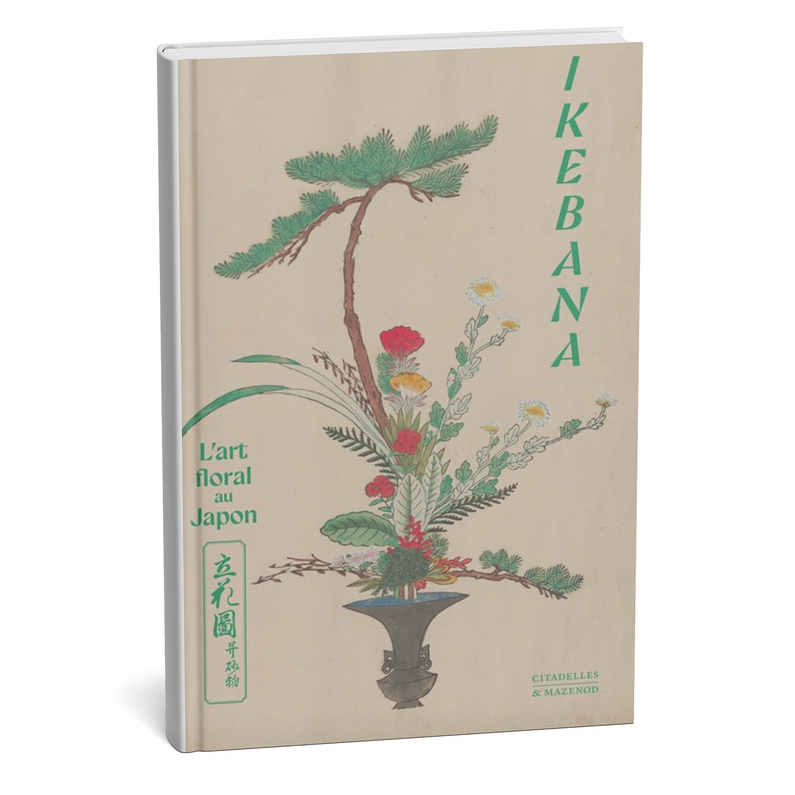Description
Like the tea ceremony, ikebana is the ancient Japanese art of flower arrangement. This art aims to achieve harmony between plants (foliage, flowers, branches) in vase arrangements. Introduced to Japan in 538 by Chinese monks, it was first used in Buddhist rites. Appreciated by samurai and aristocrats, ikebana reached its apogee in the 16th century, combining aesthetics and spirituality. This treatise illustrates the traditional rikka style of the Ikenobo school, which expresses the beauty of nature in a single vase. The arrangements of the masters of the Rokkaku-do school, compiled in 1673, are presented here with 98 xylographic and watercolour illustrations known as gansai.
Characteristics
Author : Frédéric Girard
- Number of pages
- 136
- Publication date
- 10/04/2024
- Dimensions
- 22.5 cm x 34 cm
- Publisher
- Citadelles & Mazenod
- Categories
- Bookshop & Media, Arts

